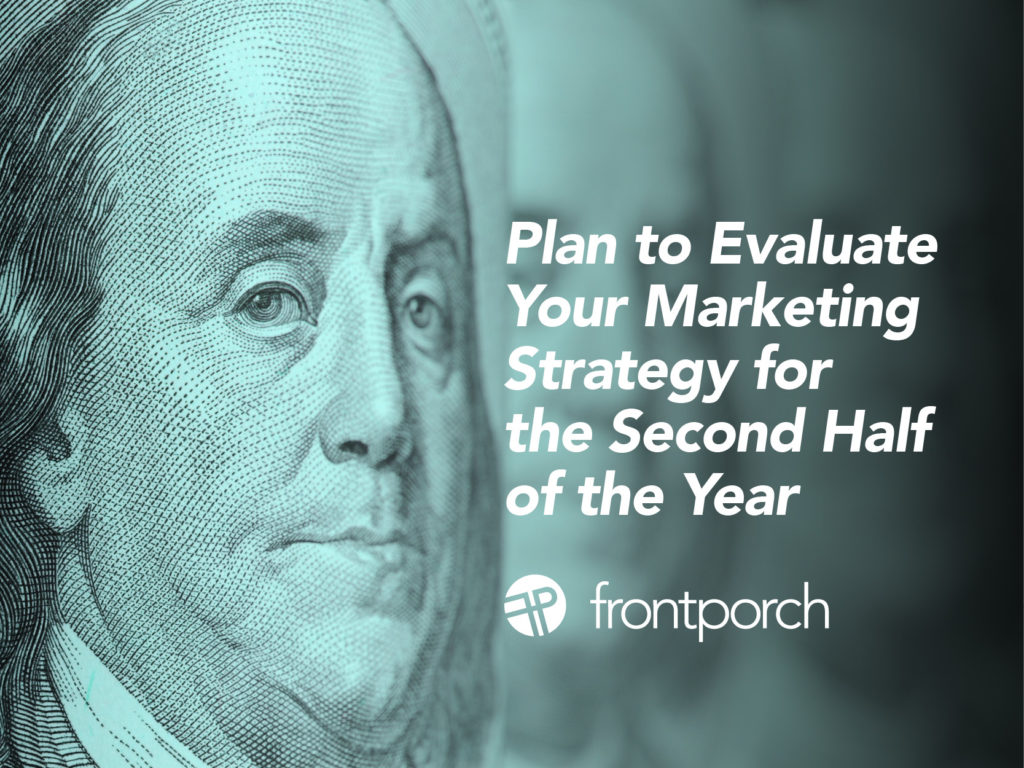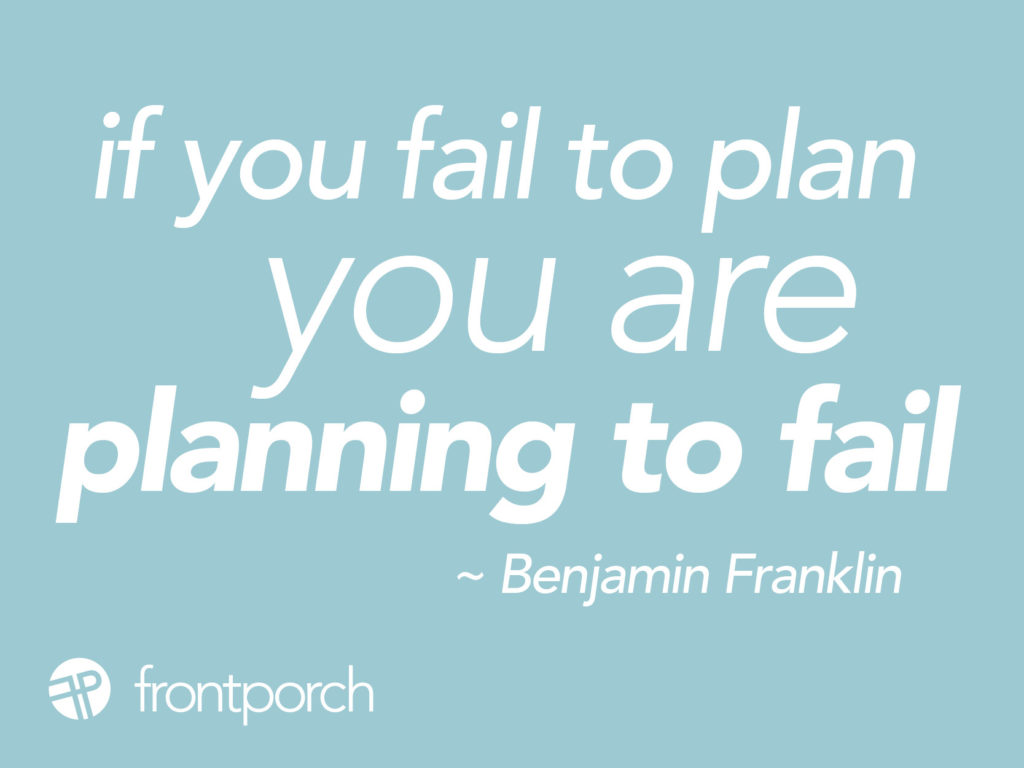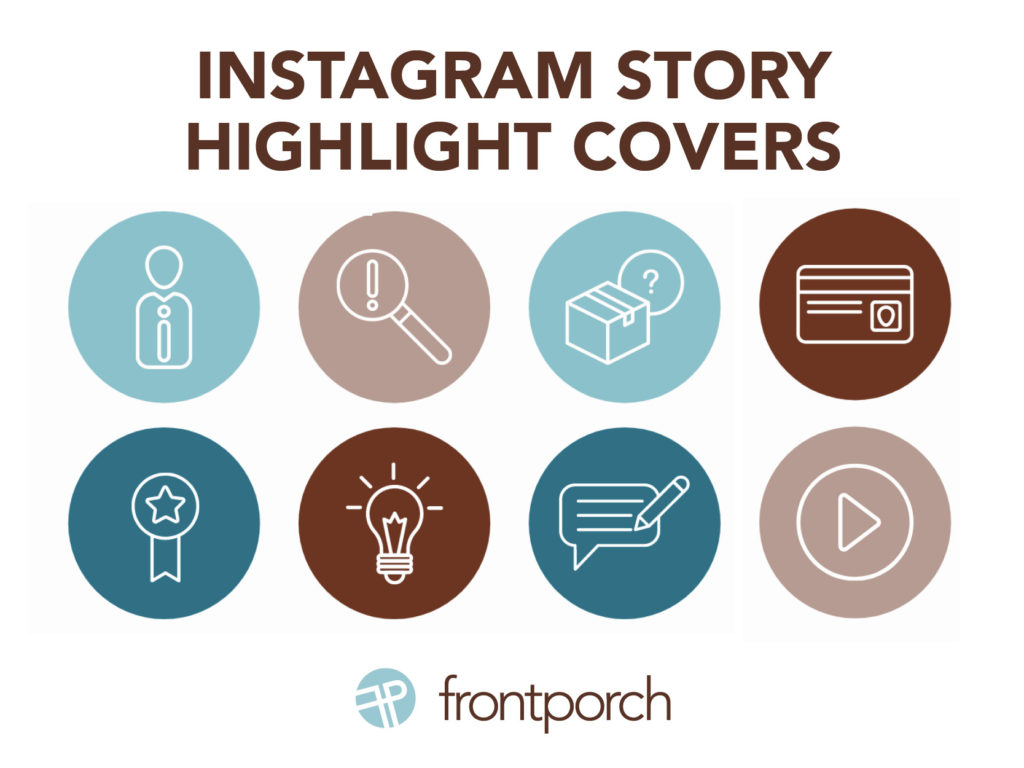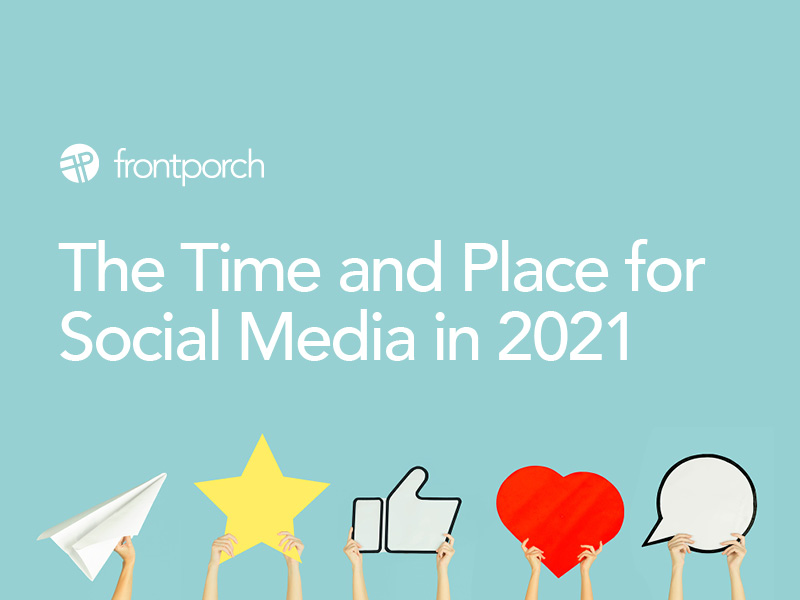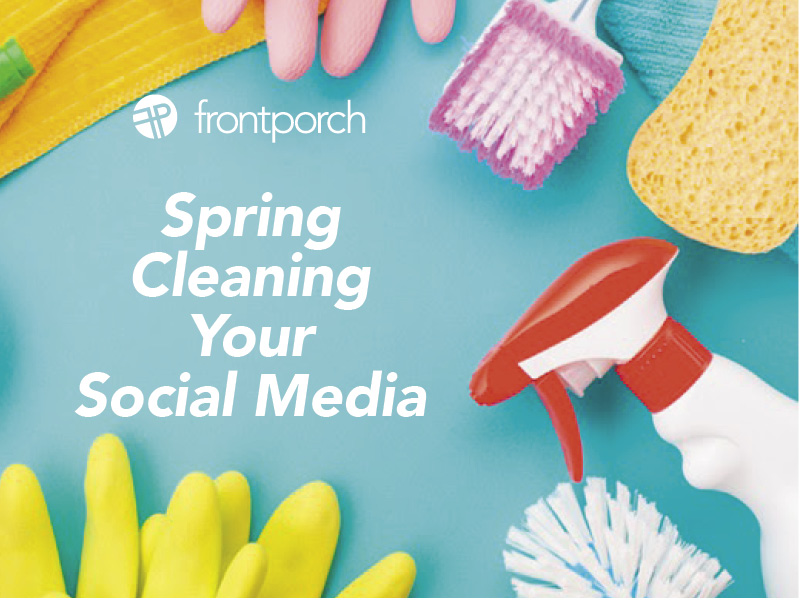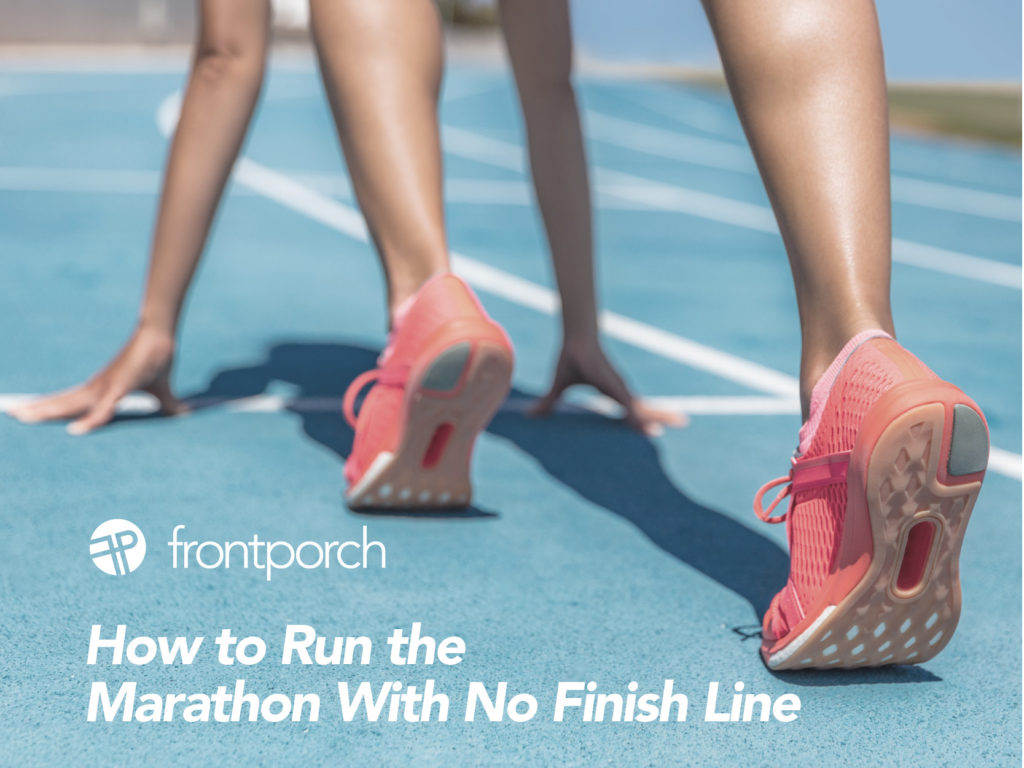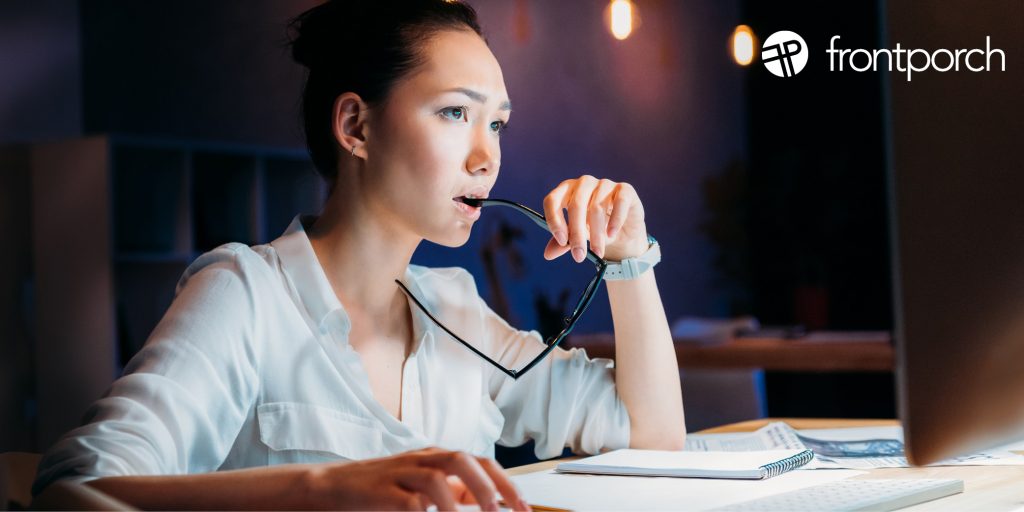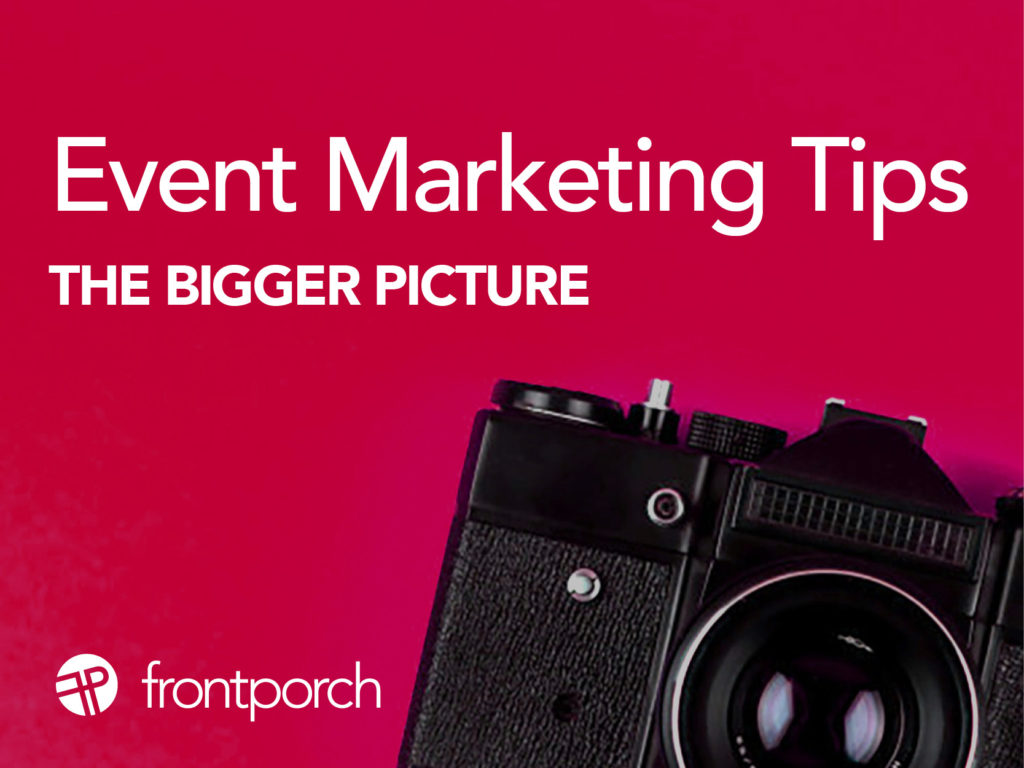
The Bigger Picture
Picture this. You have the perfect idea for an event, and you feel that it represents your brand’s vision to a T. Yet, there are so many steps to get from A to Z that you start feeling overwhelmed and as the date of the event looms nearer, you realize how many things you wish you had planned for. If you have ever felt this kind of stress before or are currently experiencing it, this is the blog for you.
When it comes to event marketing, there are multiple moving pieces. At times there are so many pieces that it may seem like there are too many starting points. To help set a starting point for you, let’s focus on the big picture and then hone into the minute details that will lead your brand’s vision to the picture-perfect moment.
The First Focus: Scheduling
Imagine event marketing to be like a photographer setting up the most picturesque scene. To capture the moment perfectly, at times working backwards is best. In this case, thinking about what you want the vision to look like as a whole then mapping out how to get to that end goal. Although this may seem unorthodox, this process will lead you to a track record of success while also allowing you to tweak the planning breakdown to fit your needs.
At Front Porch Marketing, we start with writing everything down, especially anything that is time-sensitive i.e. inviting VIPs, scheduling speakers, printing deadlines, and booking sponsors. This timeline allows you to envision a clear reality and identify immediate “strikethroughs” or ideas that should be nixed.
Next, identify your audience, define your message, and determine the experience you want to provide. Having a clear vision is important, because all of the smaller event details and decisions will flow from it.
The Second Focus: Seamlessness
Once you have the deadlines and your audience in mind, choose a venue, food, music, entertainment, format, and feel that aligns best with your vision. Stay true to the experience you want to provide, and these decisions will flow easily.
When it comes to your deadlines, also keep geography in mind. Although it may seem natural to book an event near your location, for your professional partners, sponsors, or guests this location may be new terrain. As such, ensure the professional partners and sponsors you choose to assist you are on board with your vision. Your caterer, photographer, videographer, etc. should also be well versed in what your plans and expectations are for the event.

The Final Focus: Structure
Now that your event is on the horizon, it is time to hammer out the final details. Here are some of my final tips on how to create that picture-perfect moment for your future events.
- Create an overall schedule for the day and share with all of your professional partners and staff.
- Double-check with your staff on their roles and make sure that all loose ends are tied.
- Examples of closing loose ties:
- Posting check-in times to all communication platforms.
- Pre-inspecting uniforms.
- Finalizing catering details with the company of your choosing and making sure no cross-contamination occurred.
- Securing all entrances and marking them accordingly.
- Making sure that the exits are not blocked by staff or their respected station.
- Posting last minute schedule changes to all social media platforms.
- Examples of closing loose ties:
- Notify staff and members who should be called in case of an emergency or in the event that something needs to be addressed.
- Do an event run through the night before to make sure that all equipment is running smoothly. Also do another run through at least two hours prior to the event.
- Check that social media has been posted and is shareable throughout the event. (A quick way for guests to get plugged in is to post QR codes throughout the location or on deliverables.)
- Center the company’s brand at the forefront of the event from color schemes to logos to swag.
- Brand the sponsored content and products by making sure that they are explicitly seen.
- Label Wi-Fi passwords and make them visible.
- Double-check that all mandated COVID protocols are being followed. Have disposable masks and sanitation stations readily available to increase accessibility and comfort.
- Promise a good time (and deliver)!
In Conclusion
We love planning, executing, and marketing events for our clients! Most recently, it has been our privilege to partner with Faith Family Academy to create a socially distanced graduation ceremony that is expandable for future success. We look forward to executing more events in the future and are proud of the recent 2021 graduates.

I hope that these tips are helpful and got your creative juices flowing! If you need help planning an event come see us on the Porch!




